Katherine and I have lived in Italy for a month. During this time we have tried to integrate ourselves in to Italian life and culture. We have made several observations on cultural differences that we would like to share.
In our small village, Preci, which is in Umbria, in the least populated area - The Valnerina. The Valnerina is located in the Northeast area of Umbria, and has verdant forests, vast hiking trails, wildlife, trout streams and luxurious carpets of green rolling hills. Most of the Italians that chose to live here enjoy the outdoors, and take advantages of the amenities this area has to offer.
Our village has a population of 75-100people. Most of the inhabitants are over 70. This is very typical of all of the small mountain top, medieval walled villages that we have visited. Most of the villages have a Catholic Church, a small school, an alimentari (small grocery store), a bakery, a small post office , a police station, and one local restaurant,bar,and coffee shop (combined to one ). Many of the villages in this area only have a population of 20-40, Preci is a larger village. I feel that we are visiting this area at a very opportunistic time. The younger generation is unable to find employment in these small villages, and they don't care to work at the Pizza shop, or the school. They have moved to larger cities. One of the local agriculturo tourism sponsored a party for all of the villages - only 40 people attended, and they were all over 70.
Katherine and I have adjusted to this way of life. We have taken hikes this week in the Parco dei Sibillini which is the sub area that Preci is located; we visited all of the mountain towns; we attended Umbria's largest festival in Gubbio; and we visited most of the beautiful walled medieval towns in this area. The Cascata delle Marmore is the largest waterfall in Europe. The Romans created these falls artificially in three consecutive drops down the sheer marble (Marmore) walls. They are turned on twice daily for tourists to visit. A group of school children on a field trip were visiting when we were there. (I never took field trips like this when I was a kid - the zoo was a big adventure for our class)
On our hike in the Park, we even collected kindling wood to start our fire in the evening The homes here are all made of stone. The stone captures the chill from the evening, and locks it in the walls. We were very skeptical how we would survive May in Italy without airconditioning - however, we are actually very happy to build a fire at night, and use our propane space heaters while reading in the living room. Our house temperature is 60-63 degrees during the day and night. We have windows in every room, and we are very comfortable.
When visiting the small villages, we no longer become frustrated that the small restaurant is closed, and there is no posting on the door for their opening hours. The festival that we attended in Gubbio probably brought 2,000 - 3,000 people to this small town of normally 800 people. The Americans would have had their shops open hoping to capitalize on this opportunity to make sales to tourists; however, the Italians had all of their shops closed to enjoy the festivities with their families. There is one EuroSpin (large super market) within an hour's drive in this area. It closes early on Sunday, and is closed for 3 hours during the day, so that the employees can go home, have lunch, and spend time with their families. We find it very refreshing that the Italians have such a strong sense of family which is so apparent.
The one very puzzling cultural difference is the eating pattern. The Italians are very small people - particularly the women. They are very trim, as well. They eat a large lunch every day at 1:30, and then a large dinner late in the evening 8:30 - 9:00. The meal always includes bread, an antipasto (cured meat, cheese, and vegetables in olive oil), a pasta dish for a Primi course, or a Pizza ,and then a Secondi course of meat - usually veal or lamb. (In this area the local fish is the Salmon trout which is a light pink trout) The desert is usually a custard, gelato (usually eaten around 4 in the afternoon), and of course a Cappuccino. Both lunch and dinner are accompanied by a bottle of wine. We don't see "24 hour Fitness Clubs" on every corner, but yet they are all look healthy and fit. We have concluded that it must be genetic - or is it the 400 steps they climb every day to get to their homes? We have not adopted the Italian eating pattern. If this was a 2 week holiday, perhaps we would succumb , however an 8 month tour, and arriving home at Christmas (the eating season) we would not look attractive!!!
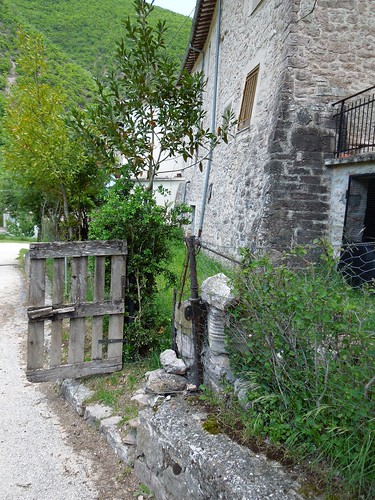
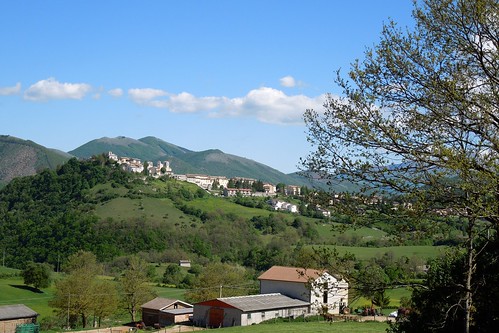

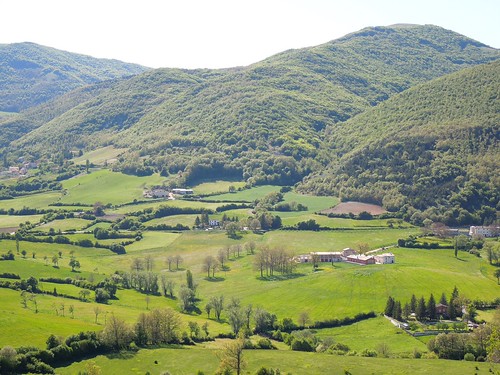

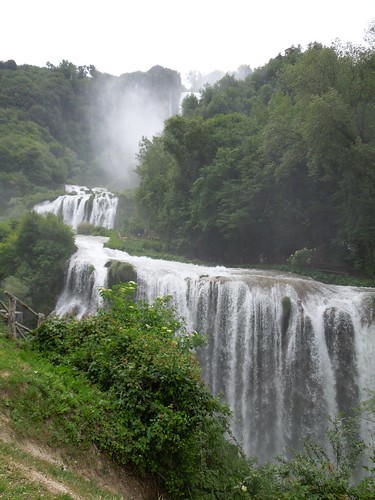

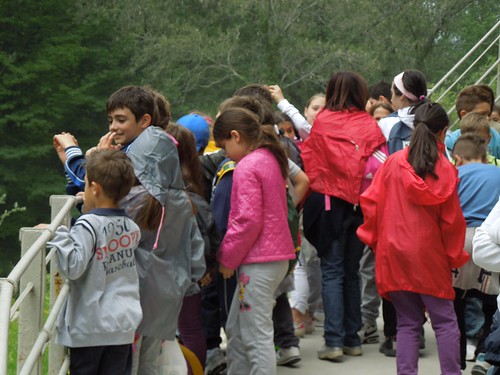

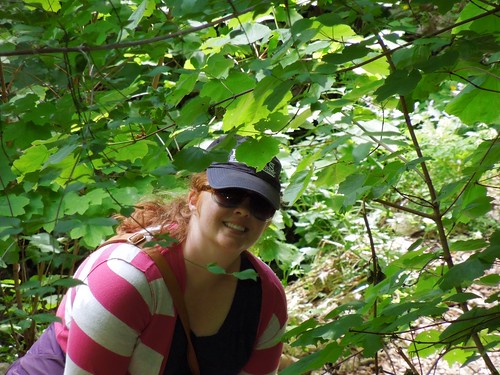
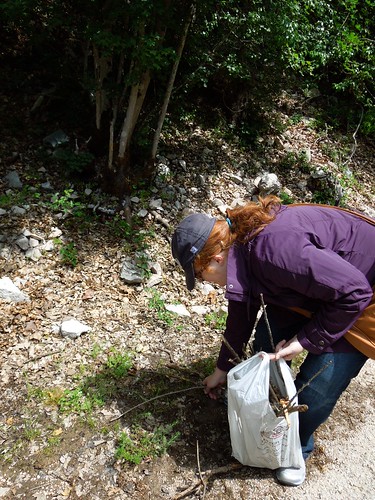
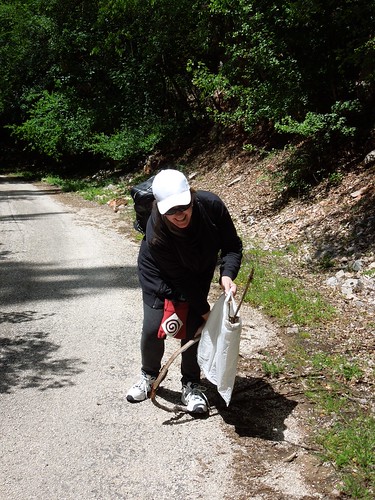

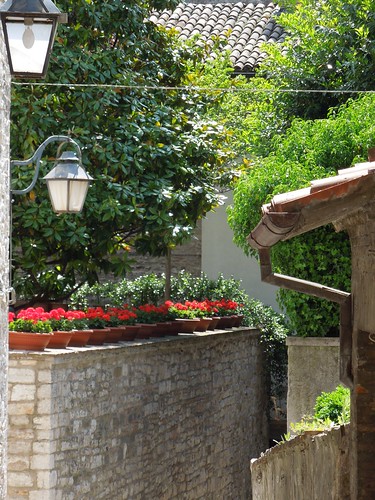
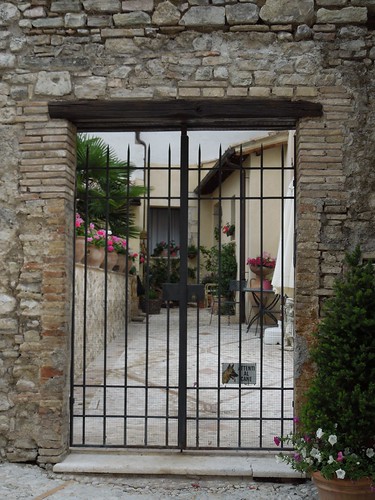
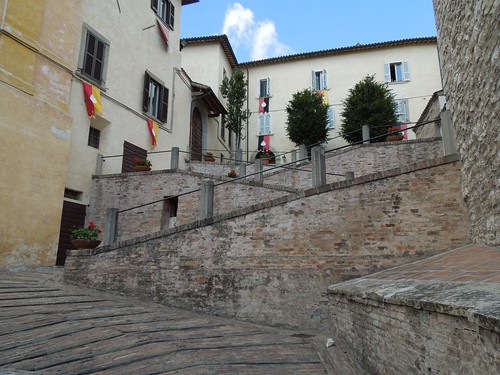

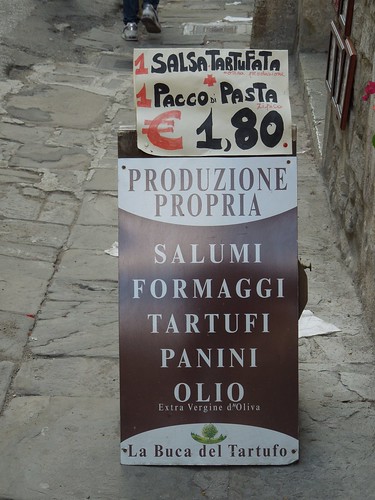
Lynn--Your pictures are beautiful (good job with that new camera!) and your narrative is interesting; you're having a unique adventure! Thanks for sharing.
ReplyDeleteLooking forward to seeing you in NYC next month...
Diana